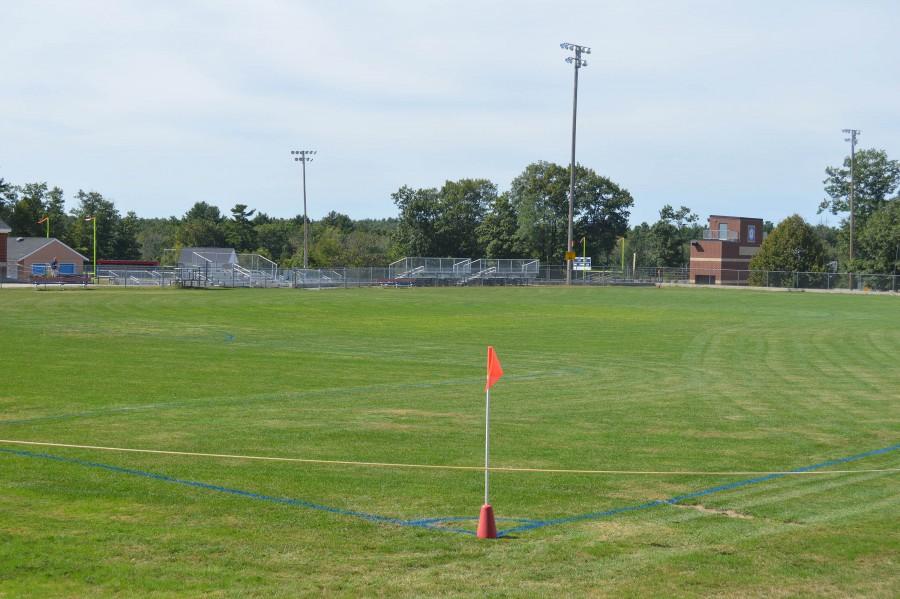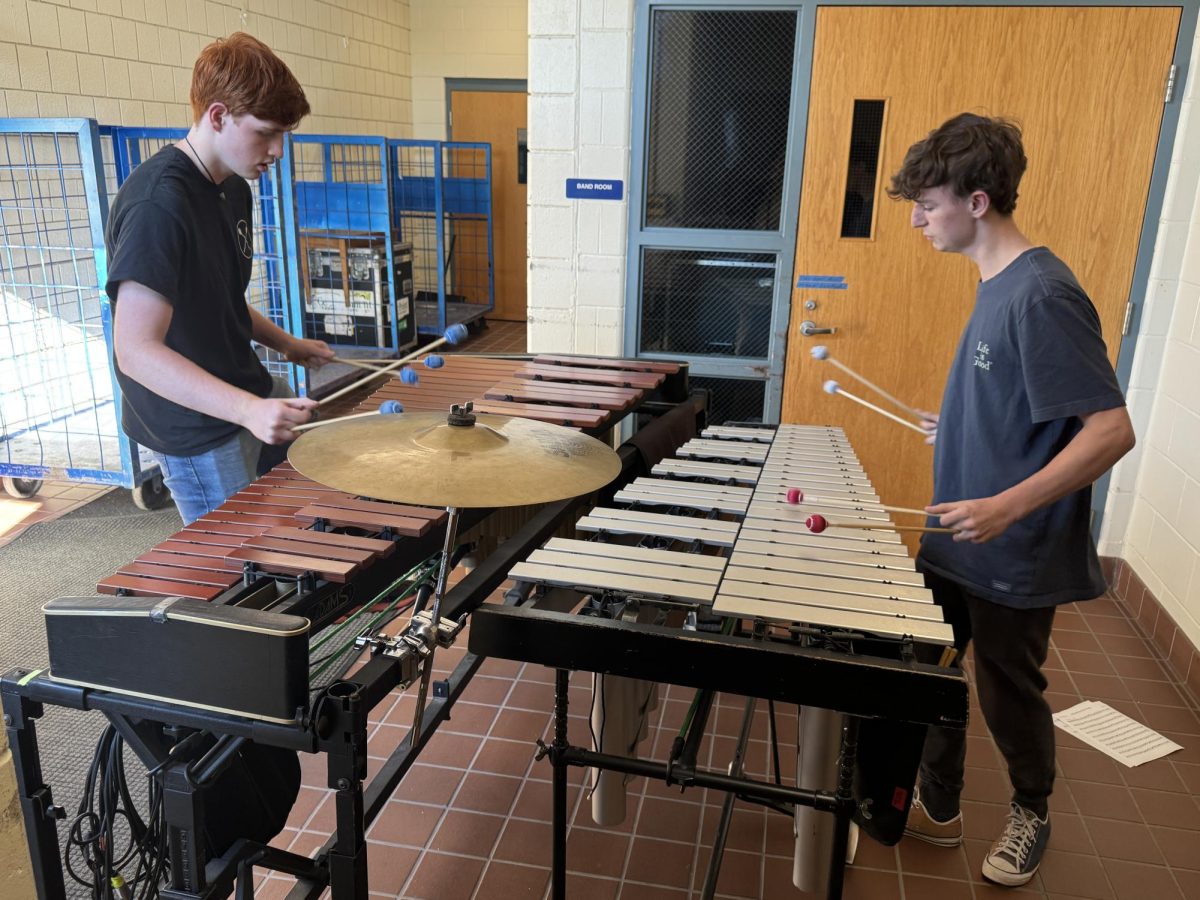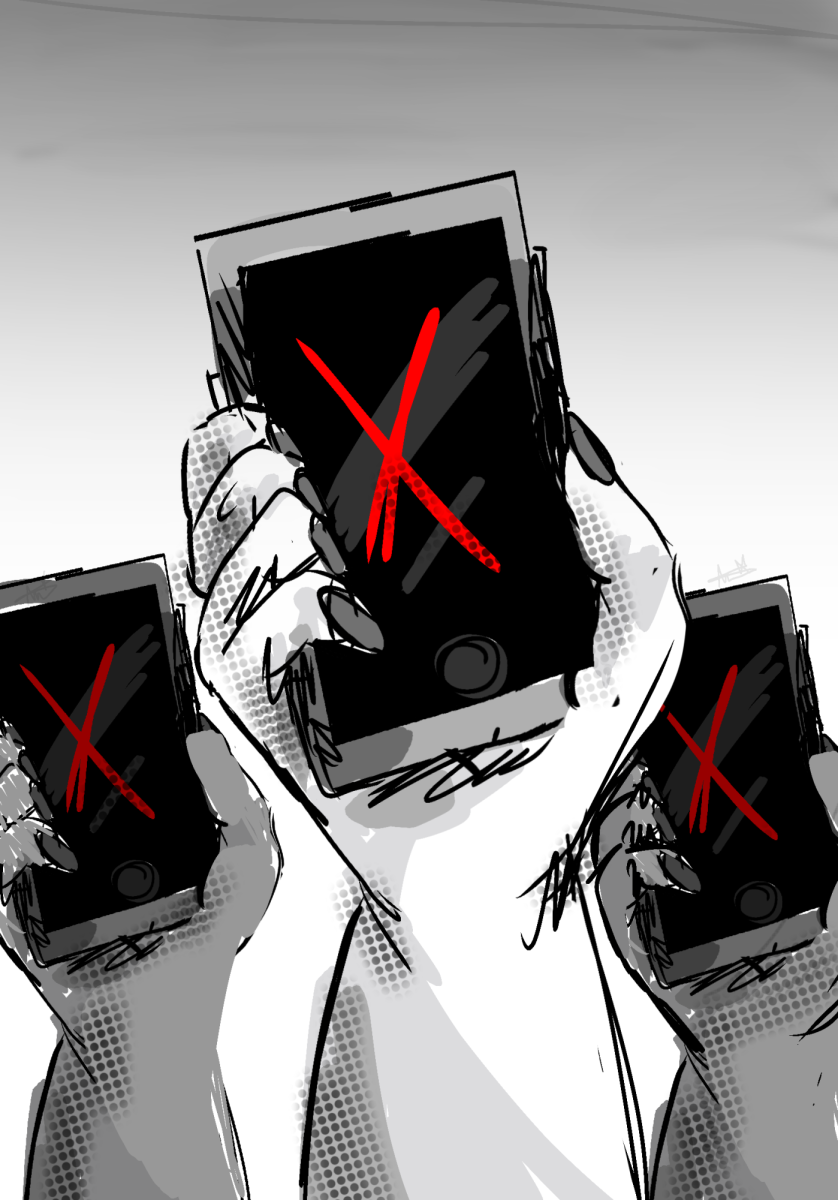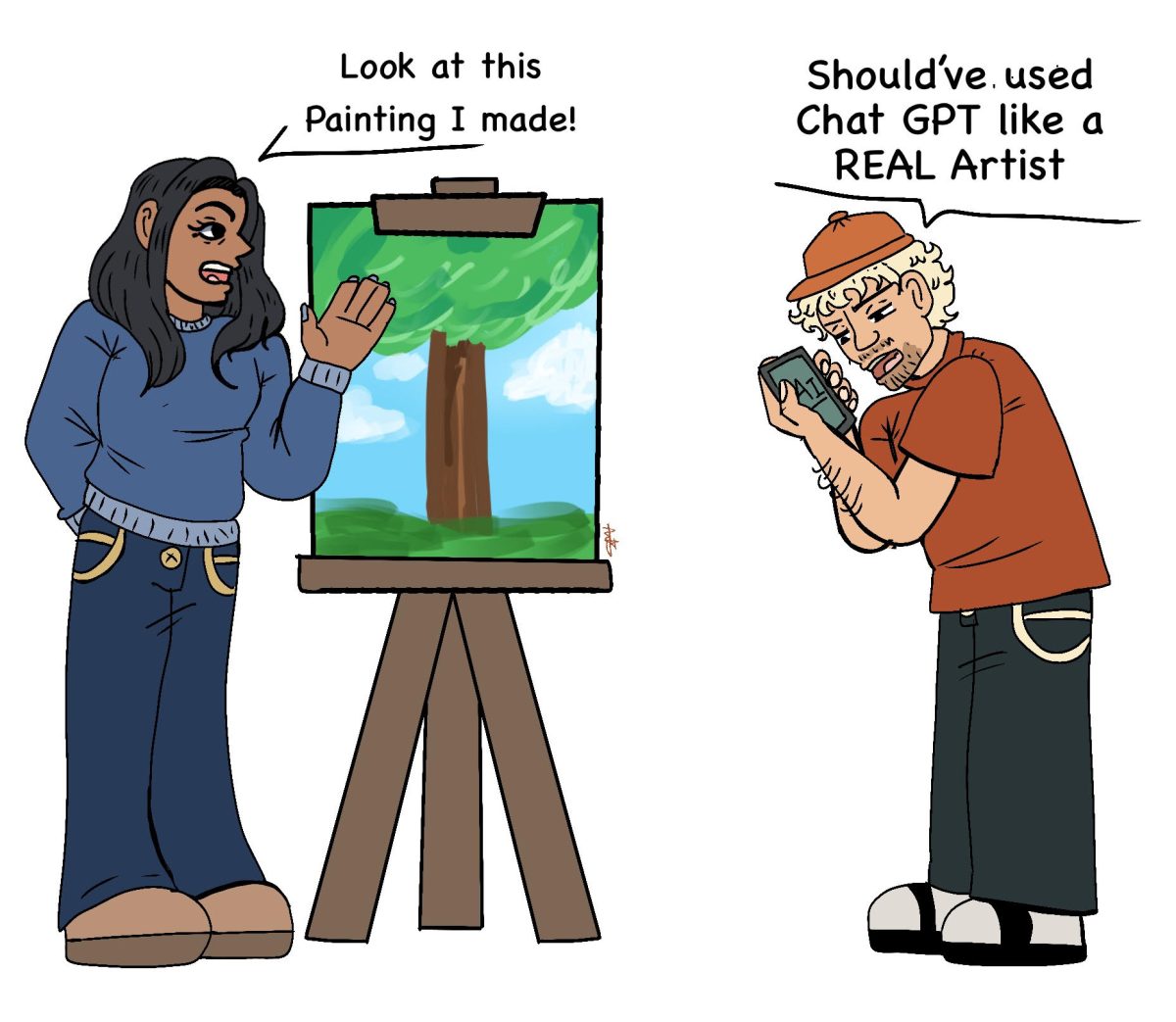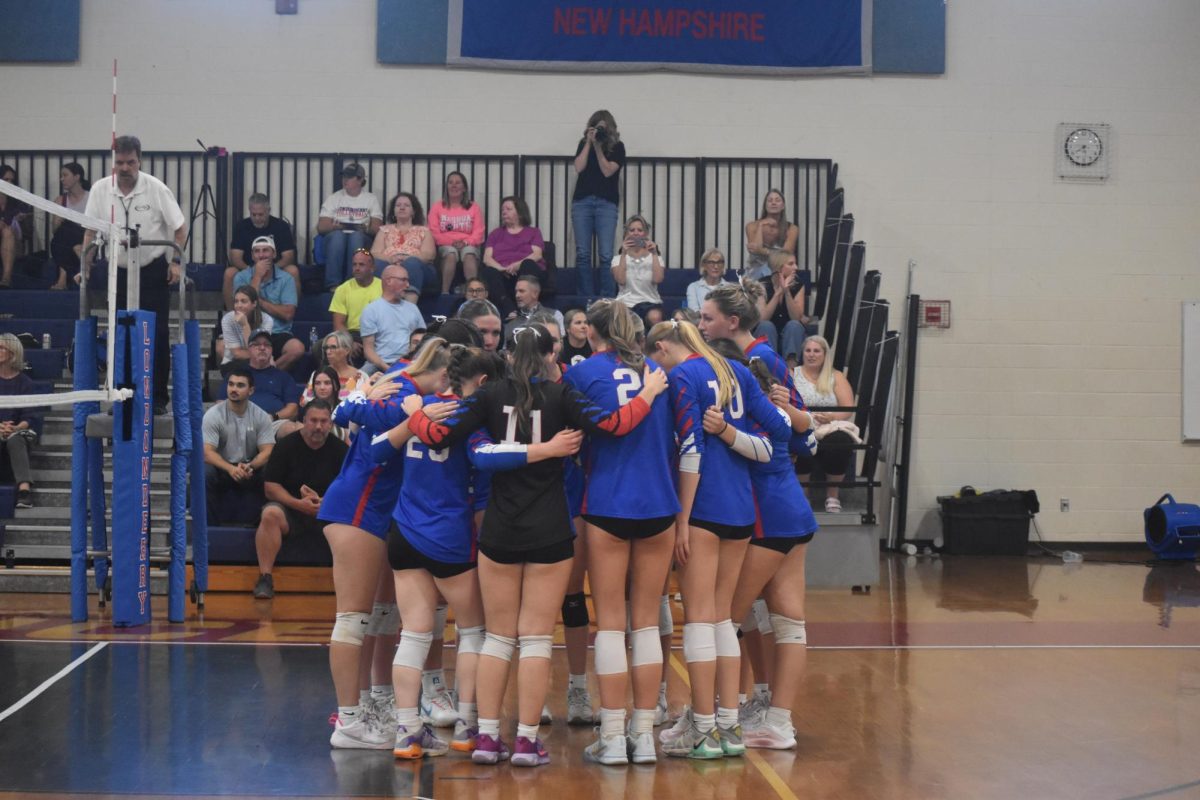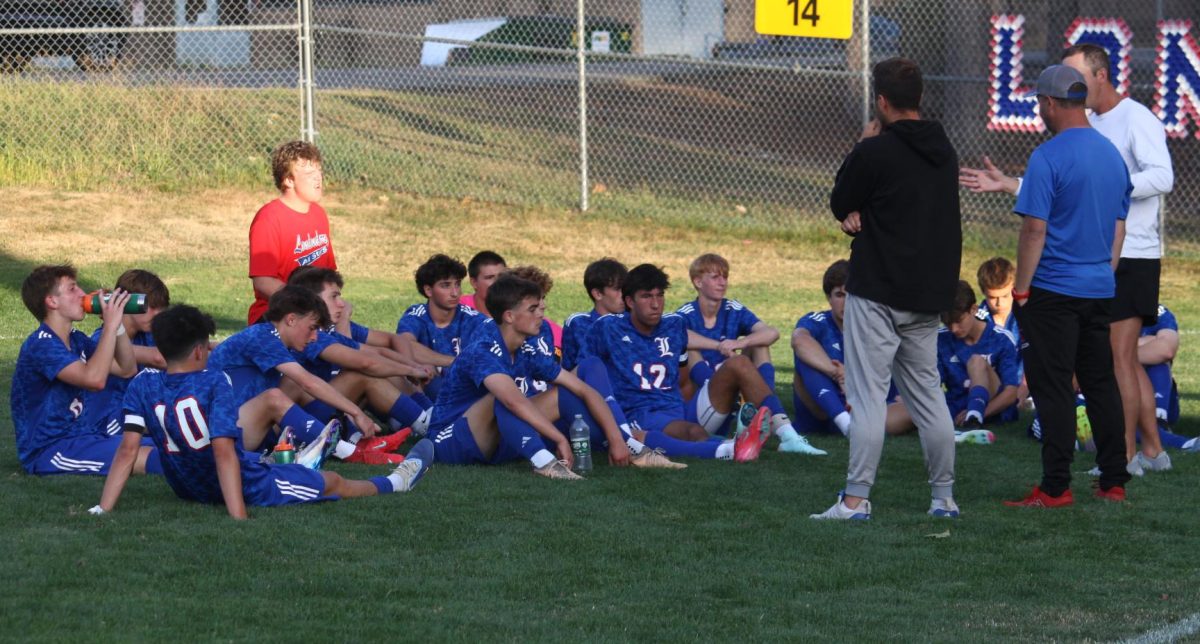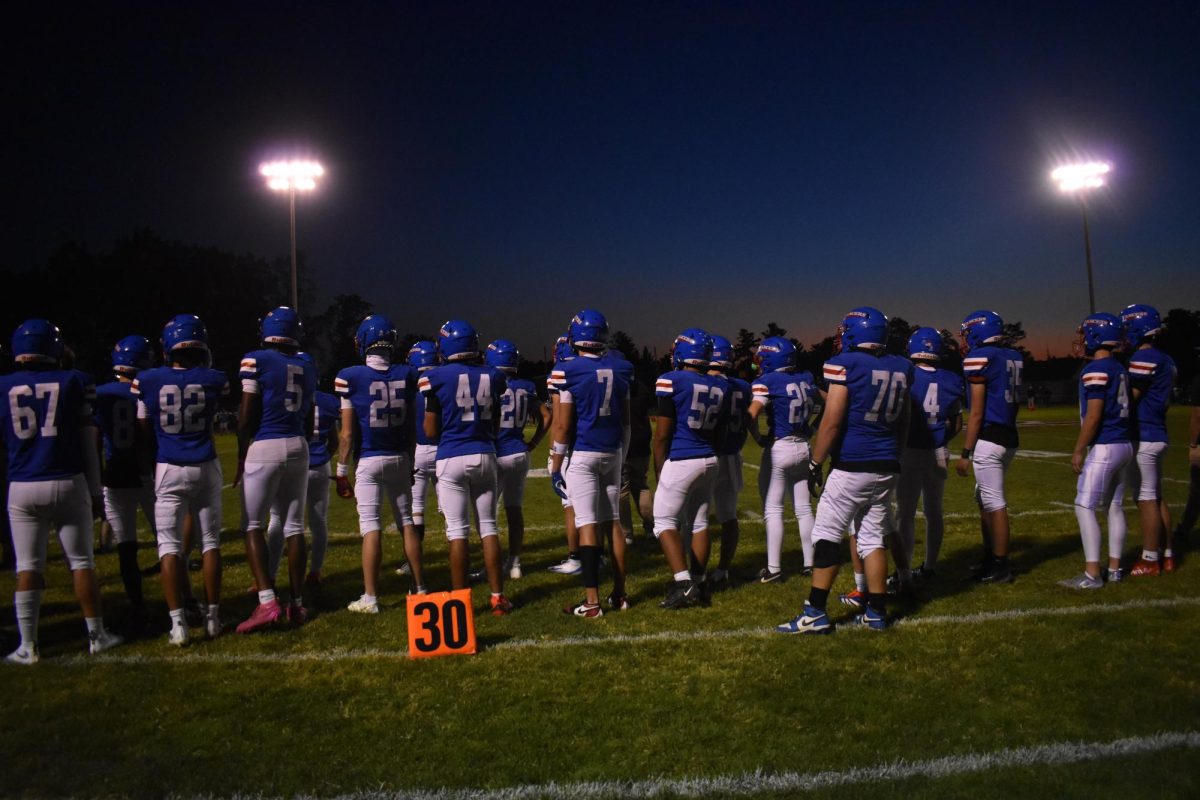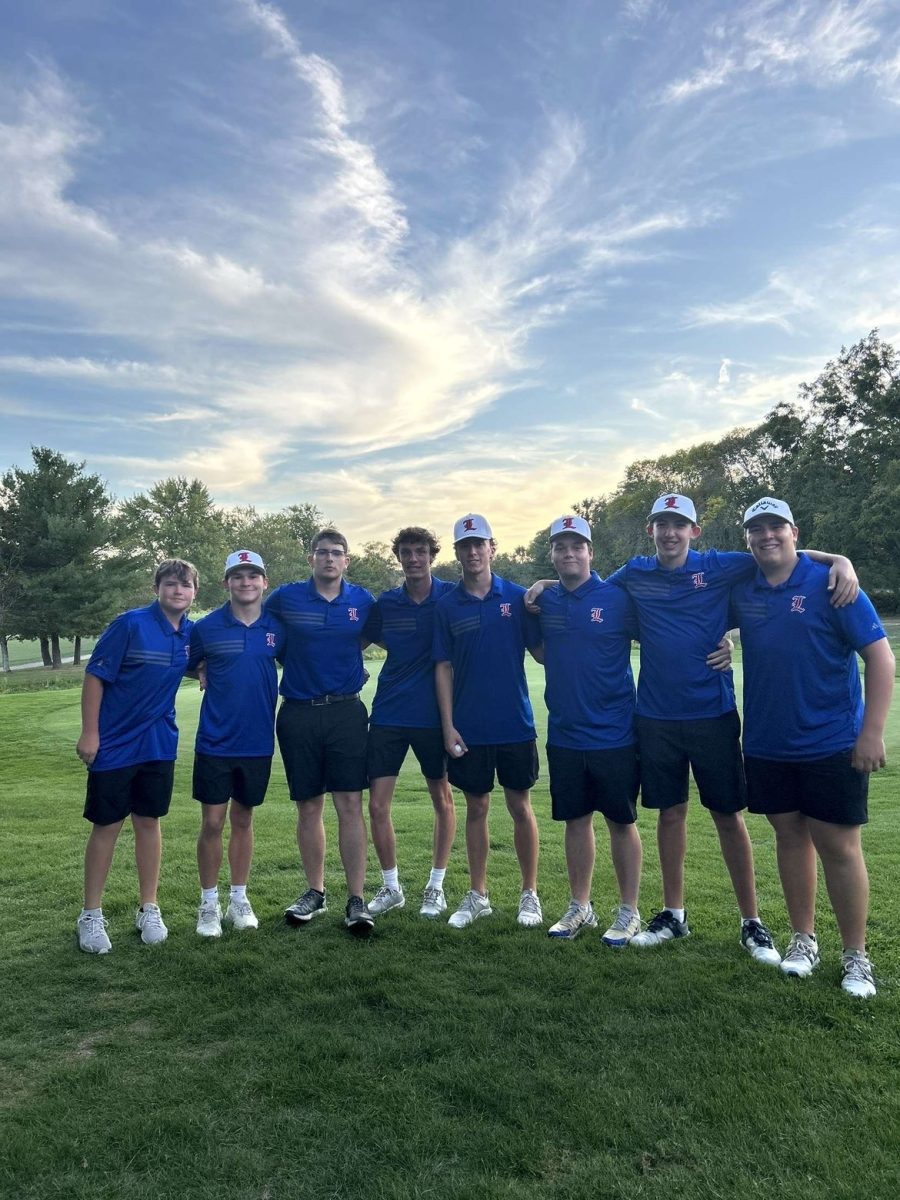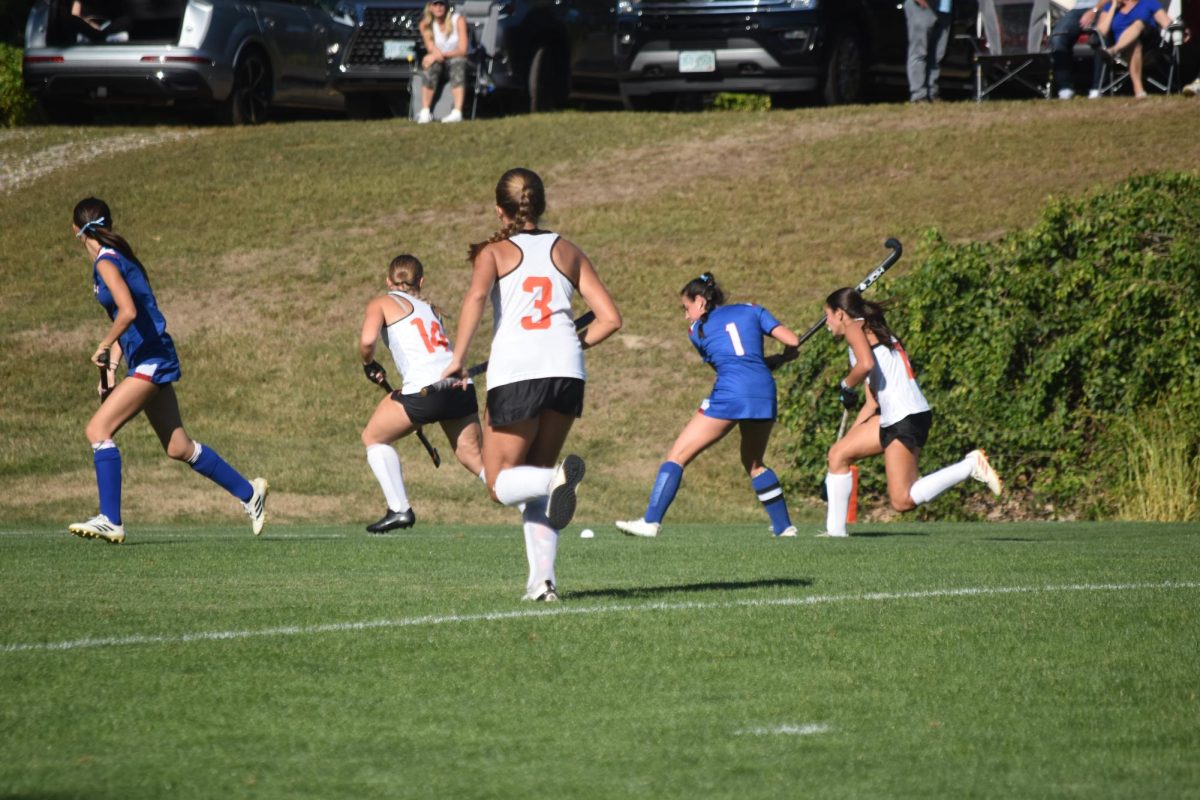Exeter, Bedford, Manchester Central, Manchester Memorial, Winnacunnet, Portsmouth, Bishop Guertin, Nashua North, and Nashua South. These are just a handful of division 1 schools in NH whose athletic teams have the privilege to play and practice on a turf field.
Notice, however, Londonderry High School is not on the list.
The building of a turf field for athletes at LHS is a topic of debate that seems to come up every year. However, whether it is because of finances, health risks, or maintenance, a turf field never gets built.
There is much controversy over whether or not turf would be beneficial for our school, with one argument against it being the cost. Building the field itself would cost a substantial amount of money. According to the Director of Building and Grounds at LHS, Chuck Zappala, it would cost from $500,000 to $700,000 just to install the turf, and an additional amount for bleachers and lights.
Nevertheless, with a sponsor or a fundraising effort, the cost could be cut significantly. It is possible to lower the cost as much as in half.
Although the initial cost would be higher, maintenance costs would be lowered severely. According to Zappala, to keep the grass fields at LHS in good condition, they must be cut two to three times a week, and watered with an irrigation system based on runoff water on school grounds. With artificial turf, the only maintenance needed would be occasionally grooming the turf to keep the surface usable. In three to four years, with maintenance costs so low, the field could potentially pay for itself.
Having a turf field would also give the athletics department an increase in flexibility to schedule games. No longer will games be cancelled or postponed due to rain. When playing on a field of real grass, the combination of rain and cleats could tear up grass and cause much damage. This would not be a problem with a turf field.
In the spring, there could still be snow on the ground when games start for the season. With a turf field, the snow could be easily cleared in order to avoid rescheduling.
A common myth about artificial turf made from recycled tires is that they contain toxins which, if inhaled, are harmful to the human body.
In a 2010 report done by The Office of Environmental Health and Hazard Assessment, Department of Resources Recycling and Recovery of The State of California, this rumor was dispelled.
“All exposures were below health-based screening levels, suggesting that adverse health effects were unlikely to occur in persons using artificial turf,” The Office of Environmental Health and Hazard Assessment, Department of Resources Recycling and Recovery of The State of California said in their report.
According the Zappala, the best place in install a turf field would be the current soccer/boys lacrosse varsity game field. It is in a central location at LHS, and because of its close proximity to the school, electricity could be run from Phase One to power the lights and any other necessities. The upwards sloping hill right next to the field would be a prime location for bleachers.
With soccer, football, lacrosse, and field hockey all finding use in artificial grass, a turf field would be a great investment and a great addition to any high school, especially LHS.




